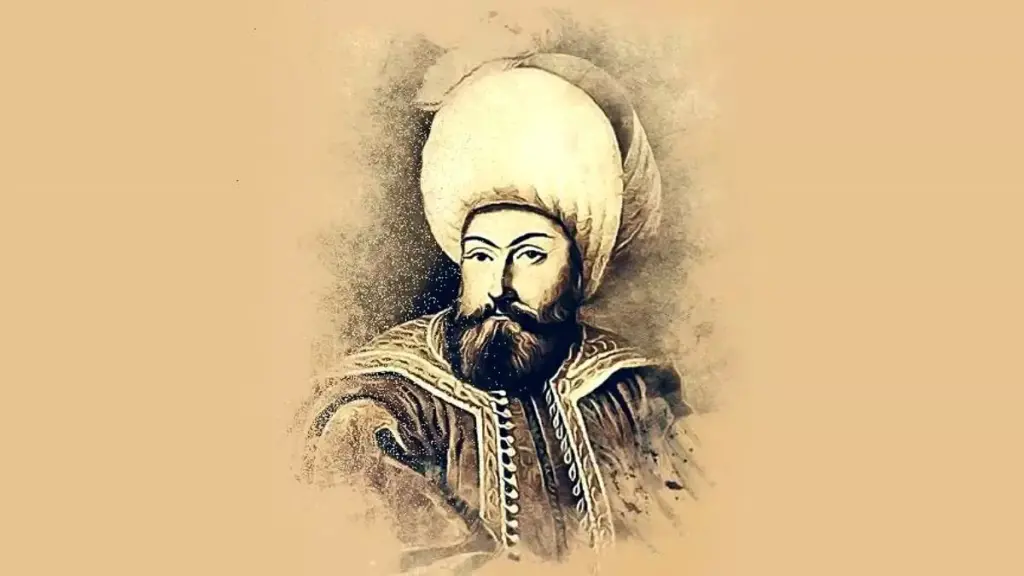Osman Bey is an important figure in Turkish history. He is the founder of the Ottoman Empire. The Osman Bey Period represents many values that form the basis of Turkish society. The Osman Bey period is an important turning point in Turkish history and is the time when the foundations of the Ottoman Empire were laid. In this content, we will focus on the importance of the Osman Bey Period and its place in Turkish history.
The Importance of the Osman Bey Period
The Osman Bey Period is one of the turning points in Turkish history. During this period, the foundations of the Ottoman Empire were laid. This period is the beginning of the process of the Turkish society settling in Anatolia and the establishment of a great empire. Under Osman Bey’s leadership, not only military victories were achieved, but also values such as justice, tolerance and cultural richness were widespread.
The establishment of the Ottoman Principality under the leadership of Osman Bey enabled the Turkmen principalities in Anatolia to unite and become stronger. This unification process strengthened the presence of the Turks in Anatolia. This unification process allowed Turkish culture to be more effectively established in these lands. The expansion of the Ottoman Principality determined the borders of the Ottoman Empire and led to the establishment of Turkish sovereignty in vast areas such as the Middle East, the Balkans and North Africa.
Another important effect of the Osman Bey Period is the shaping of the administrative approach of the Ottoman Empire. An administrative approach dominated by justice, generosity and tolerance became the basic principles of the Ottoman Empire. Ottoman administrators were known for a widespread perception of tolerance and justice among the people. These values contributed to the Ottoman Empire experiencing a long period of stability and prosperity.
The cultural influences of the Osman Bey Period are also very important. The expansion of the Ottoman Empire allowed for the interaction of different cultures. During this period, a rich cultural heritage emerged as a result of the interaction between Turkish culture and Byzantine, Islamic and other civilizations. In areas such as art, literature, architecture and music, the Ottoman Empire created its own unique style and made significant contributions to world civilization.

Characteristics of the Osman Bey Period
The Osman Bey Period is an important period in Turkish history and this period draws attention with its many features. This period is a phase in which the foundations of the Ottoman Empire were laid and the political, social and cultural structure of Turkish society was shaped. It is characterized by the establishment and expansion of the Ottoman Principality under the leadership of Osman Bey. Here are the important features of the Osman Bey Period:
- Conquest and Expansion of Anatolia : The Ottoman Principality, led by Osman Bey, conquered and expanded various regions of Anatolia. The conquests during this period were realized with the unification of the Turkmen principalities and the foundations of the Ottoman lands were laid. The borders of the Ottoman Empire were determined during the Osman Bey Period and expanded in the following centuries.
- Military Successes : The Ottoman Principality achieved significant military successes under the leadership of Osman Bey. These successes were evident in the conquest of Anatolia and the campaigns against Byzantium. The Ottoman army had a disciplined structure and was successful in its war strategies.
- Tolerance and Diversity : The period of Osman Bey was a period in which different cultures and beliefs lived together. With the expansion of the Ottoman Empire, people of different nations and religions lived in Ottoman lands. The Ottoman Empire adopted a culture of living together in tolerance and diversity.
- Cultural Development and Interaction : Osman Bey’s Period is an important period for the development of Turkish culture. With the expansion of the Ottoman Empire, interaction and exchange between different cultures increased. Ottoman culture was enriched in areas such as art, literature, architecture and music and created a unique style.
- Management Approach and Justice : Osman Bey’s Period is known for a management approach dominated by justice. With the establishment of the Ottoman Principality, a justice system was established and a widespread perception of justice was created among the people. Ottoman administrators gave great importance to the protection of justice and made these values the basic principles of the state.
- The Formation of Social Structure : The Osman Bey Period is a period in which the social structure of Turkish society was shaped. With the establishment of the Ottoman Empire, the formation and relations of different social classes became clear. Within the empire, a complex hierarchy was formed between state officials, soldiers, merchants, peasants and other social groups.
These important characteristics of the Osman Bey Period continued their influence in the later periods of the Ottoman Empire. They also left deep traces in Turkish history. The values brought by this period still shape the cultural and social fabric of Turkish society today and contribute to the survival of the Ottoman heritage.
The Osman Bey Period is one of the most important periods in Turkish history. During this period, he laid the foundations of the Ottoman Empire. The period under Osman Bey’s leadership strengthened the unity and solidarity of Turkish society and determined the place of the Turkish nation on the stage of history. From the foundation of the Ottoman Empire to the present day, Osman Bey’s legacy and values continue to maintain their importance in Turkish society. Even today, the values established under Osman Bey’s leadership are an inseparable part of the identity of the Turkish nation and have solidified their place in Turkish history.
